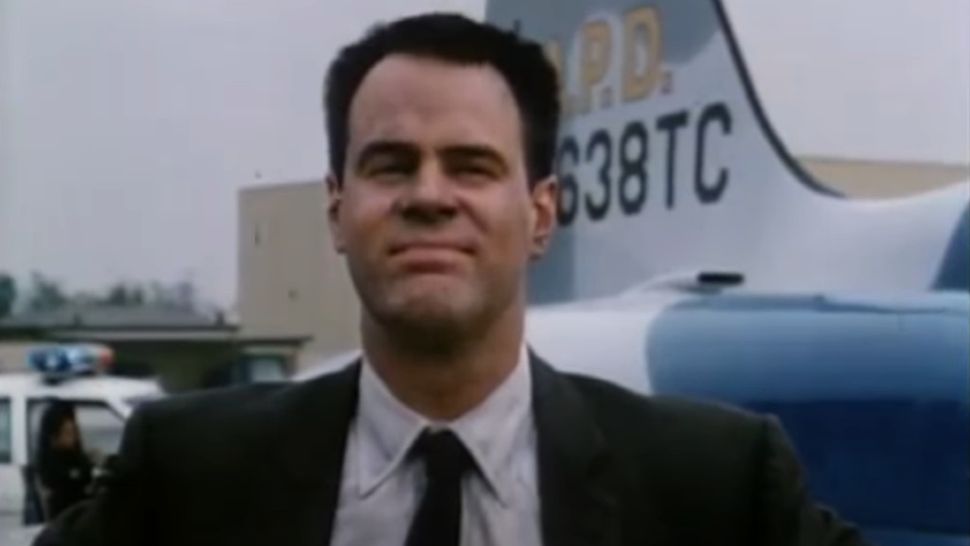Some moviegoers are absolutely against, or simply exhausted by, the idea of remaking a classic film or rebooting a hit TV show, and I absolutely sympathize with that, given how many lackluster remakes Hollywood has delivered. However, I am open to the idea of reimagining a beloved title, as long as the new version offers some reason to justify its existence by not simply hitting “copy, paste” and calling it a day. See what I mean by taking a look at some of these cinematic remakes and TV reboots that either surprised audiences with something or at least managed to stand on their own.
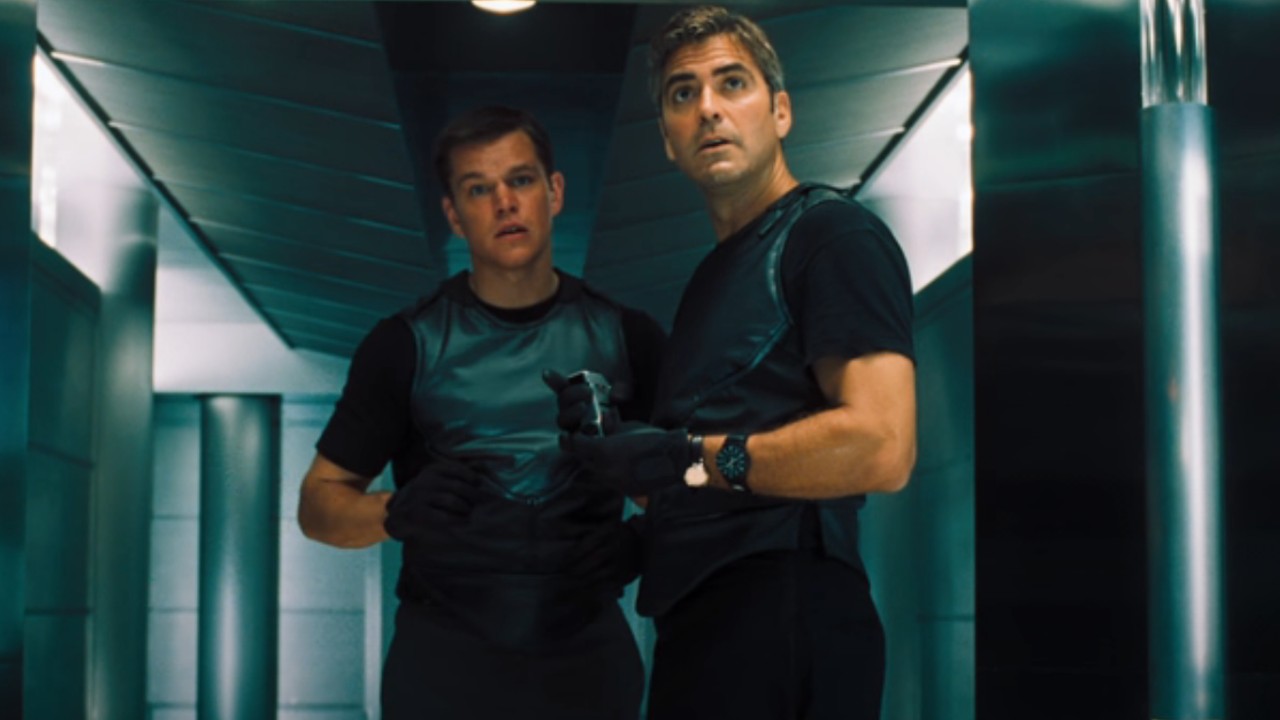
Ocean’s Eleven (2001)
The Rat Pack-led original Ocean’s 11 from 1960, which sees a group of World War II veterans reuniting to rob five Las Vegas casinos in one night, just for fun. Steven Soderbergh’s remake reimagines the heist (involving only three casinos in one vault) as Danny Ocean’s (George Clooney) act of revenge against casino magnate Terry Benedict (Andy Garcia), who is dating his ex-wife, Tess (Julia Roberts).
Teen Wolf, MTV’s more earnest series adaptation starred Tyler Posey as a wolf bite victim who ends up using his lycanthropic abilities to protect his community from supernatural forces with the help of his friends, Buffy style
best horror movie remakes ever made is writer and director Leigh Whannell’s reinterpretation of the classic Universal Monster Movie, The Invisible Man. The acclaimed Blumhouse thriller introduces a more plausible explanation for the eponymous villain’s transparency and tells the story from the perspective of the victim, his tormented wife (played by Elisabeth Moss), resulting in a powerful and frightening commentary on gaslit abuse victims.
Westworld was almost a precursor to Jurassic Park, taking place at a high-tech tourist attraction with an Old West aesthetic and highly realistic androids that go haywire. Decades later, an acclaimed HBO drama of the same name would expand on the concept in much darker, timely, and thought-provoking ways.
Scarface follows an Italian immigrant (played by Paul Muni) who rises to power in Chicago’s criminal underworld. Director Brian DePalma’s 1983 classic, which many may not realize is a remake, follows a Cuban immigrant (played by Al Pacino) and his rise to power in Miami’s criminal underworld.
alien invasion movies it inspired could not be more different from one another. The 1953 version follows various residents of a California town and shows things from a governmental perspective, while Steven Spielberg’s War of the Worlds is told entirely from the point of view of a divorced father (played by Tom Cruise) and his two children as they travel the country searching for sanctuary. The remake even subverts expectations by having the evil extraterrestrials rise from the ground as opposed to coming down from the sky.
The Mummy, starring Boris Karloff, is an undisputed classic of the studio’s seminal creature feature era. When the story was updated in the late ’90s, it took a more action-adventure approach, with Brendan Fraser leading the cast as a stand-in for Indiana Jones.
horror-comedy movie, Buffy the Vampire Slayer, and revamped it (no pun intended) as a more earnest monster-of-the-week thriller, starring Sarah Michelle Gellar as the teen monster hunter, that became a cultural phenomenon.
classic ’70s sci-fi series, Battlestar Galactica, and Ronald D. Moore’s SyFy original reimagining is how it drops the campy tone. However, the contrast is unquestionably dramatic, resulting in one of the most celebrated cosmic TV shows of its time, or any time, and a benchmark for reboots done right.
classic horror movie, The Thing, about an Arctic research crew that can’t tell who among them is a shapeshifting alien, as a remake. It could more accurately be described as a far more faithful adaptation of its source material, a novella called “Who Goes There?” than producer Howard Hawks’ 1951 thriller, The Thing from Another World, which is a relatively by-the-numbers creature feature.
best Western movies are reimaginings of classic Japanese action films. One of the best-known examples of this is The Magnificent Seven, which is merely an Americanized update of Seven Samurai, which trades swordfights for gunfights.
David Lowery did not bother rewatching 1977’s Pete’s Dragon, which follows the friendship between an orphaned boy and a mystical creature that can turn itself invisible. He updated the Disney film into something that is not a musical nor a broad comedy, and goes for a more dramatic, atmospheric fantasy adventure for all ages, with great results.
story told from a ghost’s perspective and retains the same one-of-a-kind, maniacally macabre aesthetic. However, it reimagines the title character as a lovably goofy ghoul who, instead of manipulating Lydia Deetz into marriage, makes friends with her and takes her on various wondrous adventures in the afterlife.
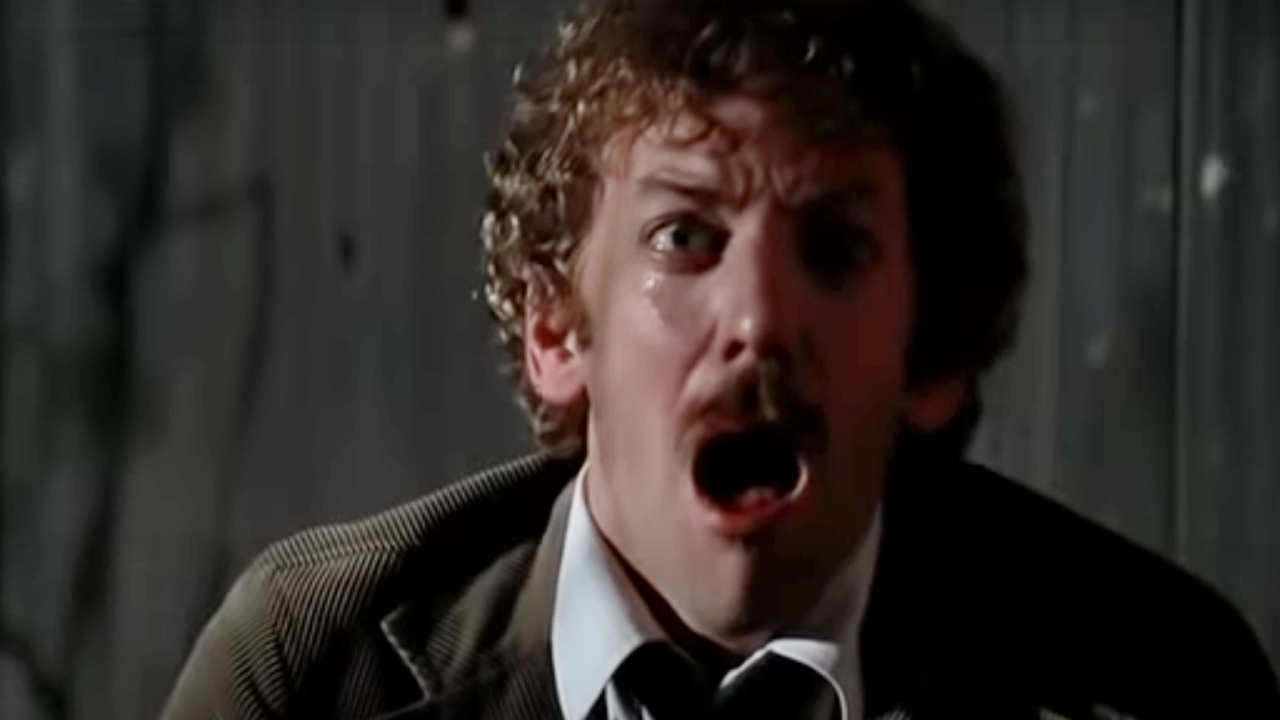
Invasion Of The Body Snatchers (1978)
Jack Finney’s classic alien invasion story has been adapted into multiple Invasion of the Body Snatchers movies, all of which are really no different in concept, but differ from each other in various stylistic and thematic ways. For instance, the original 1956 film is a commentary on fears of McCarthyism, while director Philip Kaufman’s adaptation instead comments on blind consumerism and boasts not just a bleaker ending, but one of the most devastating endings in horror history.
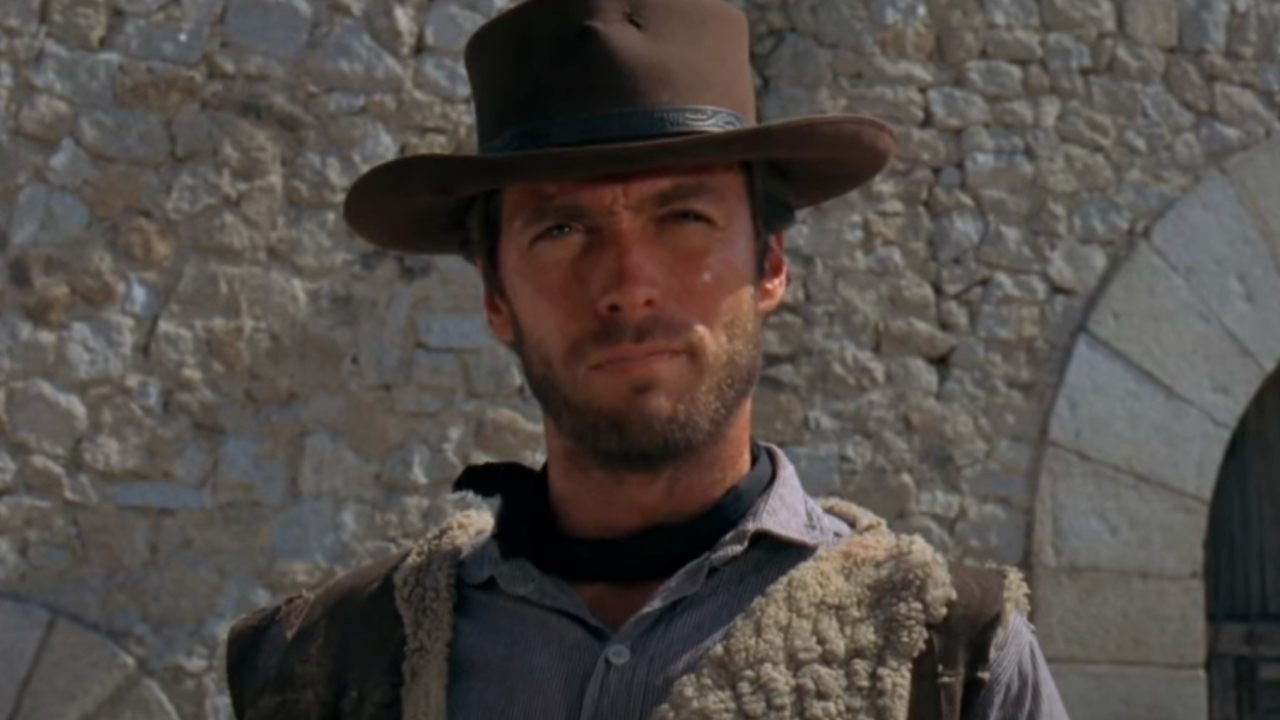
A Fistful Of Dollars (1964)
At the time A Fistful of Dollars was released, few people realized the first installment of director Sergio Leone and star Clint Eastwood’s “Man with No Name Trilogy” was a remake. That is because, while the film is a Western-style, beat-for-beat reimagining of the 1961 samurai classic Yojimbo, which is also about a drifter who protects a village by playing two oppressive gangs against each other, Akira Kurosawa never received any credit for inspiring the story, leading production company Toho to file a lawsuit.
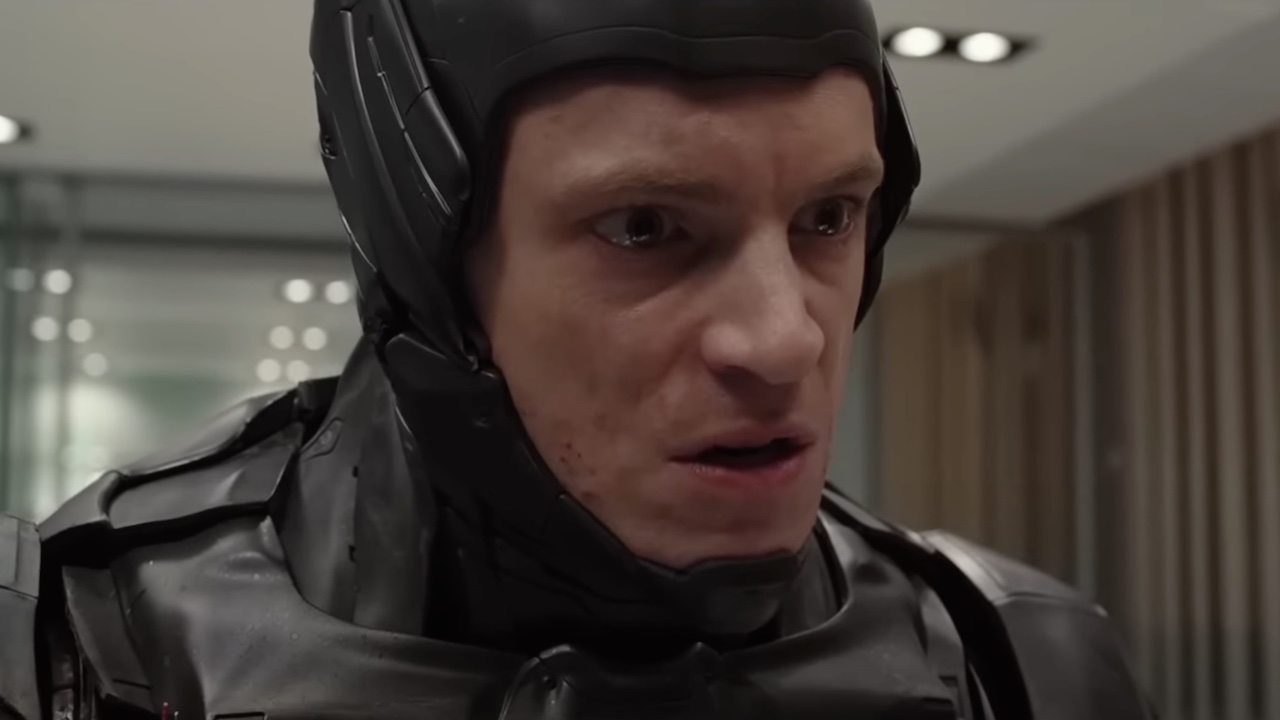
RoboCop (2014)
While some might say that José Padilha’s RoboCop is a remake that should have never been made, it at least tried to be different in some respects. In particular, Peter Weller’s Alex Murphy from the original has almost no memory of his life before becoming a hybrid of man and machine, but the version played by Joel Kinnaman is fully aware of the person he was before and forced to undergo his unusual procedure against his will, which is quite a bit darker.
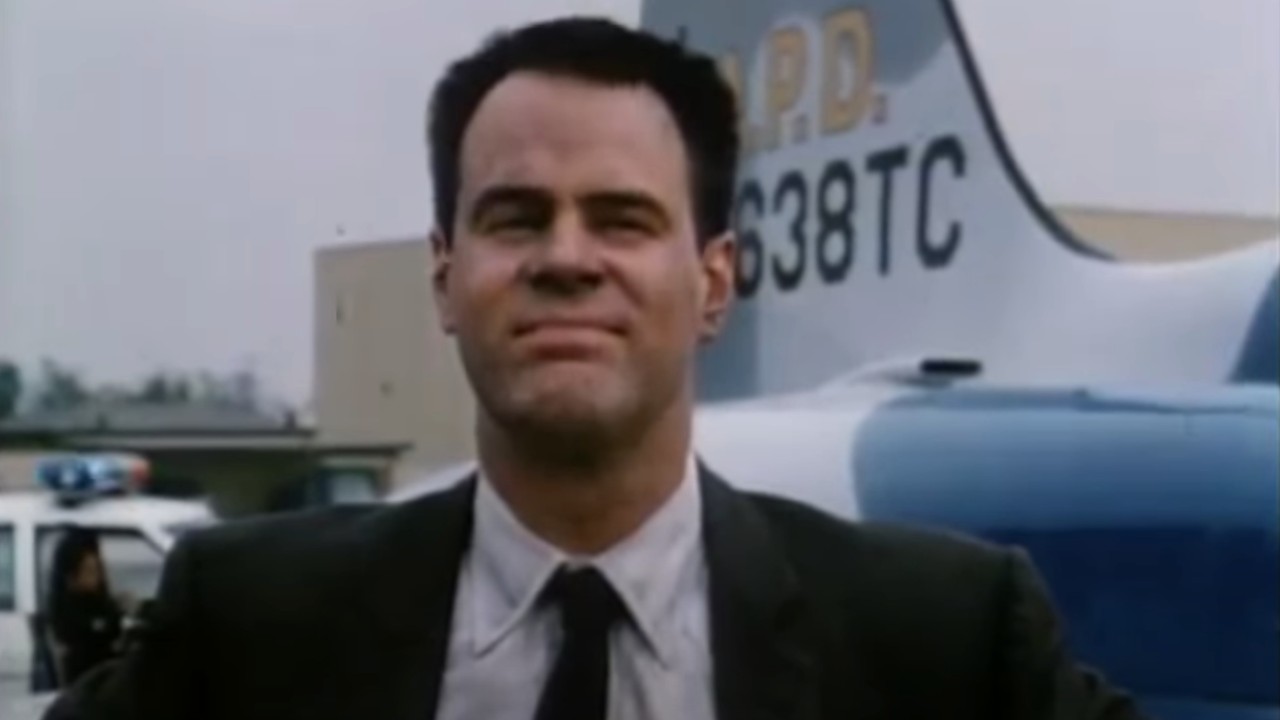
Dragnet (1987)
One of the first films to honor the bewildering tradition of adapting earnest TV crime dramas into feature-length comedies was director Tom Mankiewicz’s Dragnet. This slapstick parody of detective stories is set in the world of Jack Webb’s seminal police procedural, featuring Dan Aykroyd as the nephew of Sgt. Joe Friday (who is also named Joe Friday) and Tom Hanks as his partner, Det. Pep Streebek.

Bad Lieutenant: Port Of Call New Orleans (2009)
Director Werner Herzog’s Bad Lieutenant: Port of Call New Orleans, starring Nicolas Cage, boasts an entirely different story from Abel Ferrara’s 1992 crime drama, Bad Lieutenant, starring Harvey Keitel, despite also focusing on the exploits of a corrupt cop.
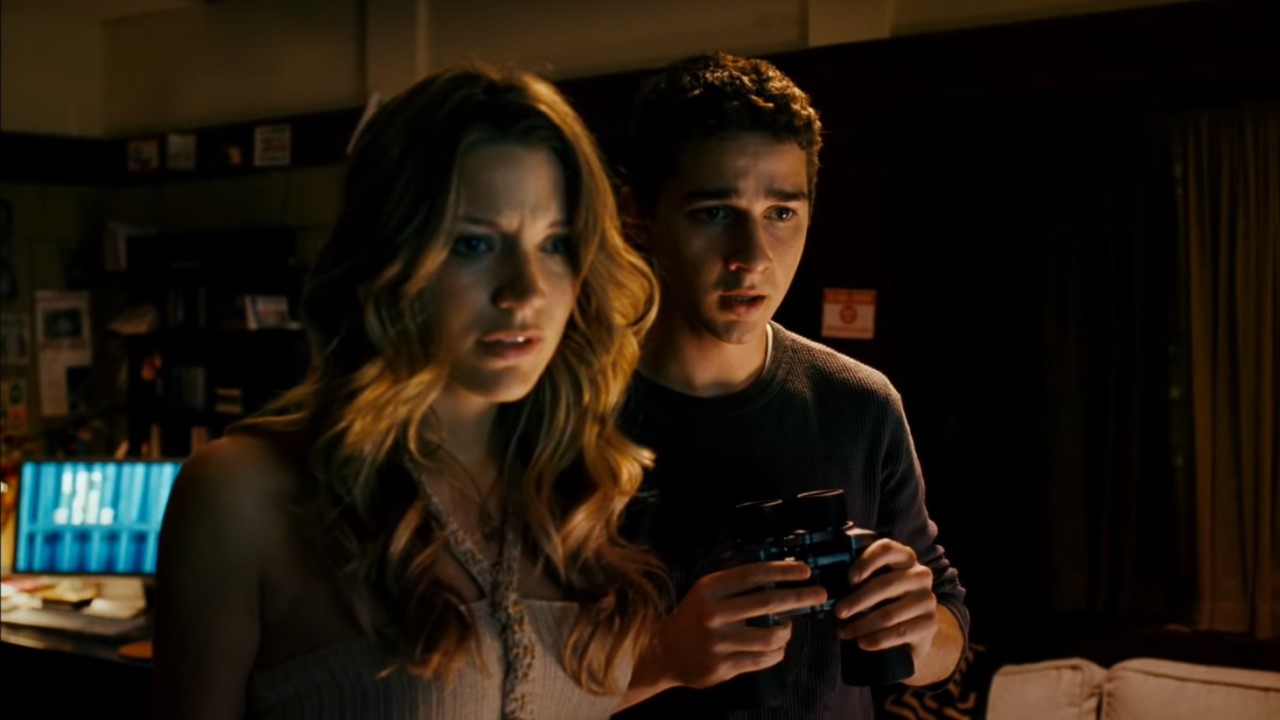
Disturbia (2007)
Director D.J. Caruso’s Disturbia is recognized as an unofficial reimagining of Alfred Hitchcock’s Rear Window. It stars Shia LaBeouf as a teenage boy who suspects his neighbor is a murderer while confined to his home under house arrest, as opposed to a grown man (played by Jimmy Stewart) recovering from an injury.

Suspiria (2018)
Luca Guadagnino’s reimagining of Dario Argento’s 1977 Giallo-style supernatural thriller, Suspiria, has the same setting (a German ballet studio run by witches), but has none of the same eye-popping production design, incorporates a tangentially connected detective story B plot, and boasts a bleak twist ending.
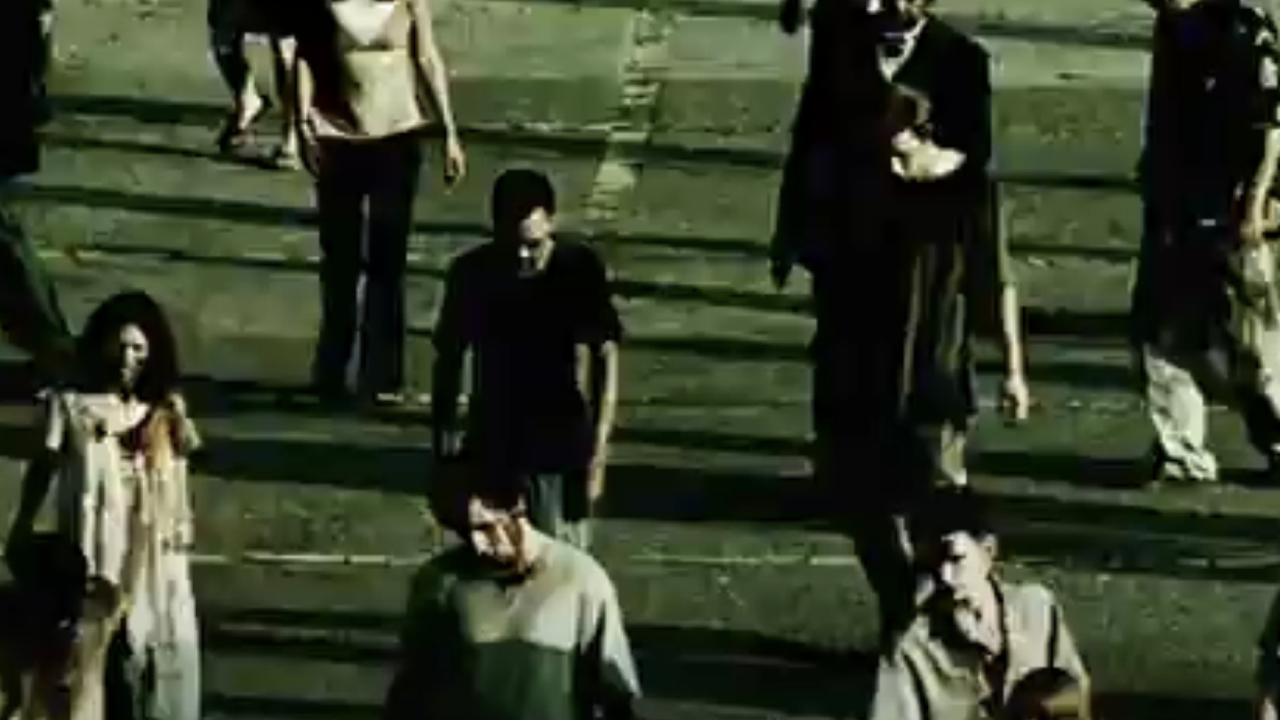
Dawn Of The Dead (2004)
While also set in a mall this time, writer James Gunn and director Zack Snyder’s take on the second installment of George Romero’s revolutionary zombie movie franchise from 1978, Dawn of the Dead, makes the cast bigger, the zombies faster, the comedy more overt, and the subtle satirical nuances non-existent.

Death Race (2008)
Producer Roger Corman’s 1975 B-movie Death Race 2000 takes place in a futuristic, totalitarian United States that holds an annual cross-country racing competition in which the object is to run over as many random pedestrians as possible. Paul W.S. Anderson’s reimagining softens the dystopian angle, makes the race exclusive to incarcerated convicts on a single island, and challenges the racers to only kill each other, crowning the last person standing.

Velma (2023-2024)
In the HBO Max original animated prequel series, Velma, starring Mindy Kaling in the title role, the meddling kids from Mystery Inc. are nothing like who they used to be. There is also no Scooby-Doo, which was probably the last straw for all the haters.
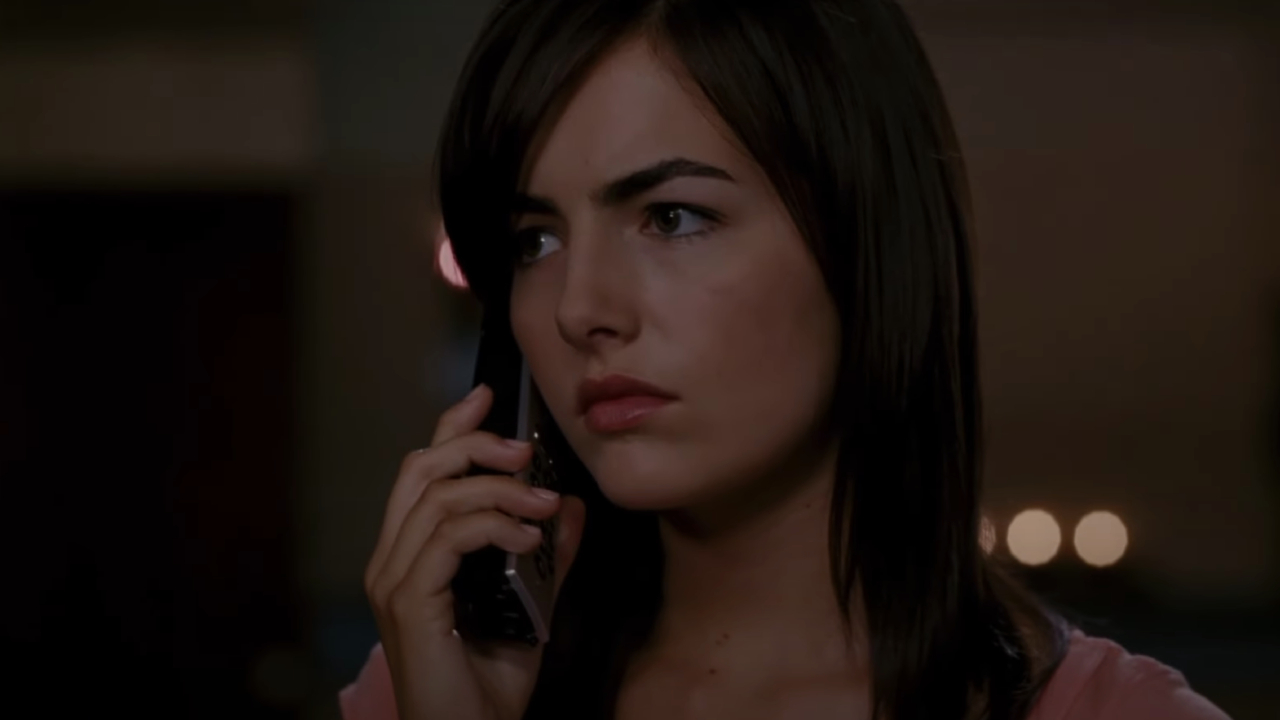
When A Stranger Calls (2006)
The Camilla Belle-led update of When a Stranger Calls takes the first 20 minutes of the original 1979 suspense thriller, in which a babysitter discovers her unsettling phone calls are coming from inside the house, and extends that to its own 90-minute feature.

Beauty And The Beast (2012-2016)
From 1987 to 1990, CBS aired a modernized, crime drama-style take on the classic fairytale, Beauty and the Beast, depicting a romance between a lion-man living underneath New York City (played by Ron Perlman) and a beautiful ADA (played by Linda Hamilton). When The CW developed its own version, the series dropped the mystical half-man, half-animal creature aspect in favor of making the Beast a normal man who goes feral when angered after being subjected to a government experiment.
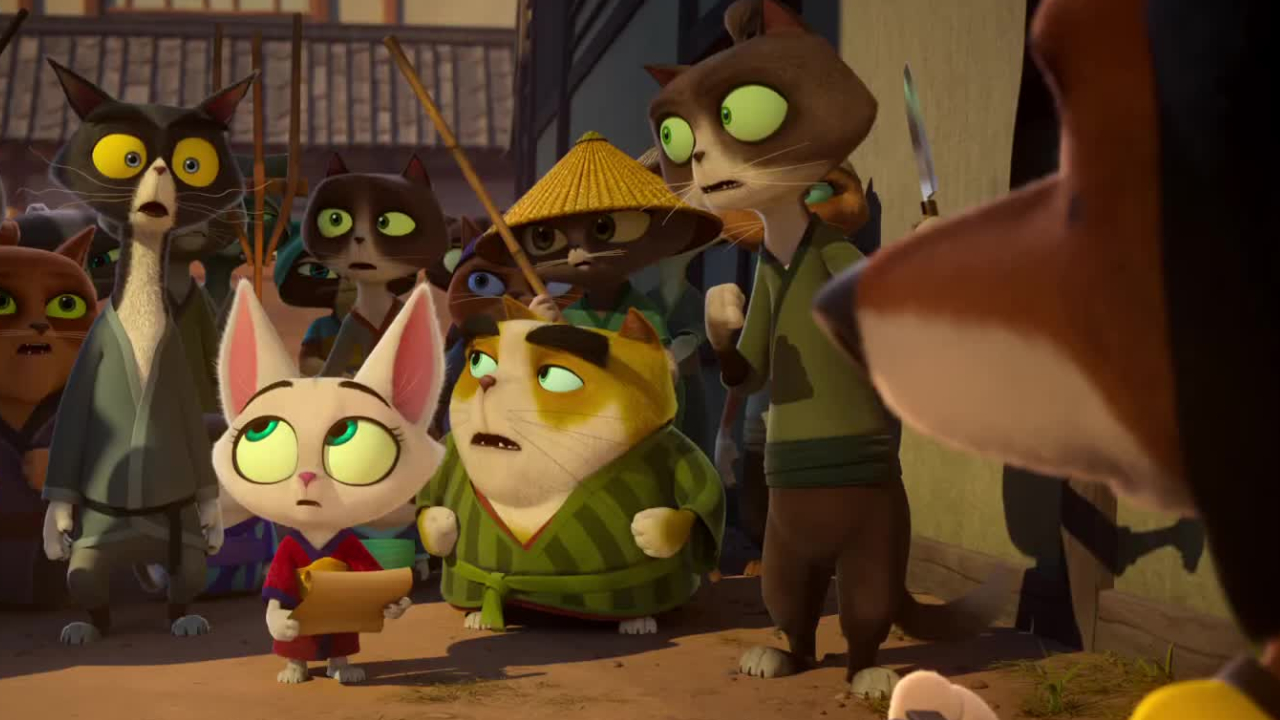
Paws Of Fury: The Legend Of Hank (2022)
The original title of the animated comedy Paws of Fury: The Legend of Hank, about a dog who becomes an unlikely hero to a village of cats, was Blazing Samurai, to reflect how Mel Brooks’ Blazing Saddles served as its structural inspiration.
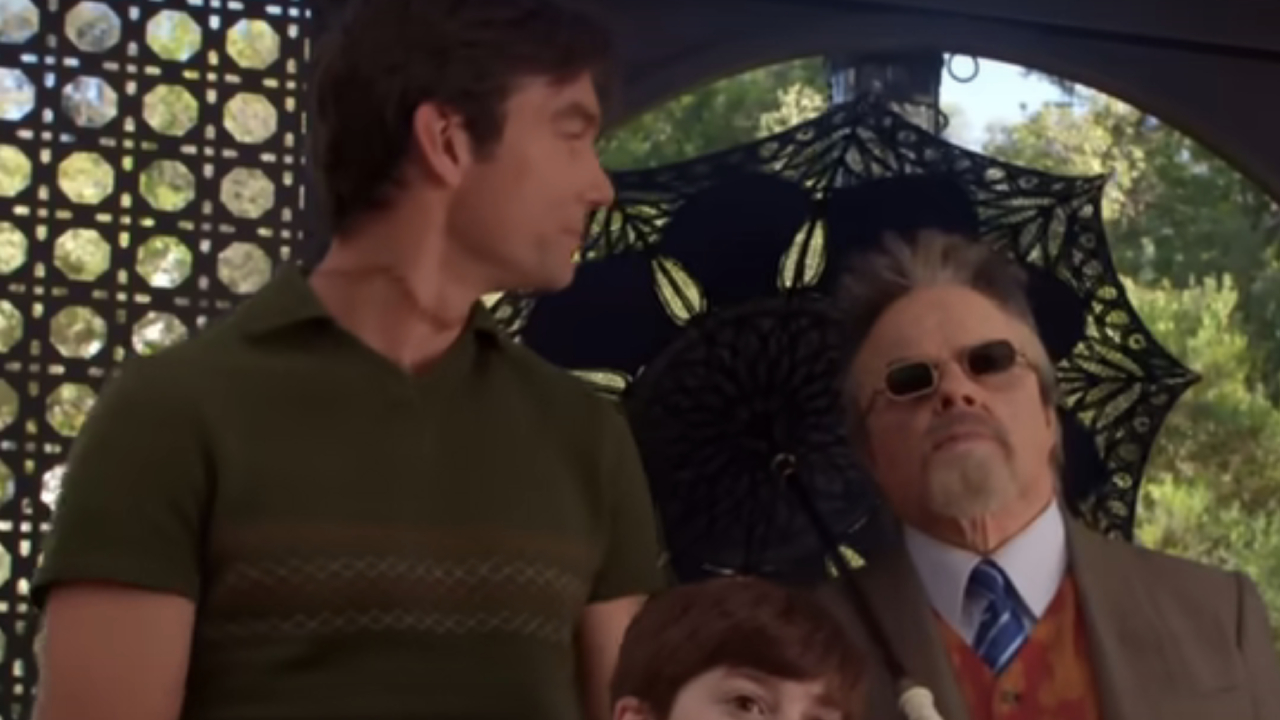
Mockingbird Lane (2012)
Mockingbird Lane, which aired on NBC as a Halloween special, was developer Bryan Fuller’s failed attempt at reimagining the spooky, silly sitcom The Munsters into a modern supernatural dramedy.

